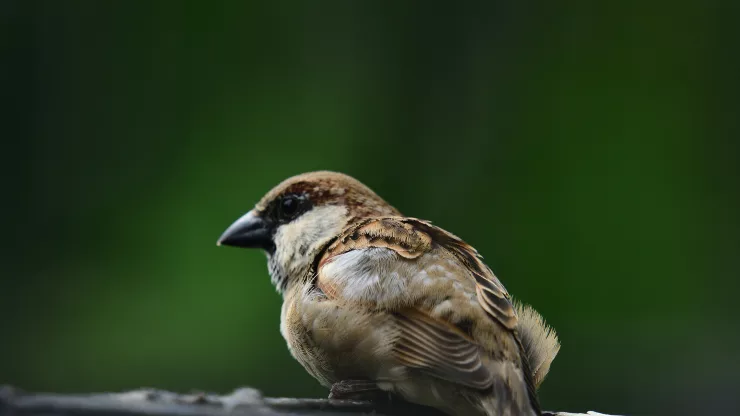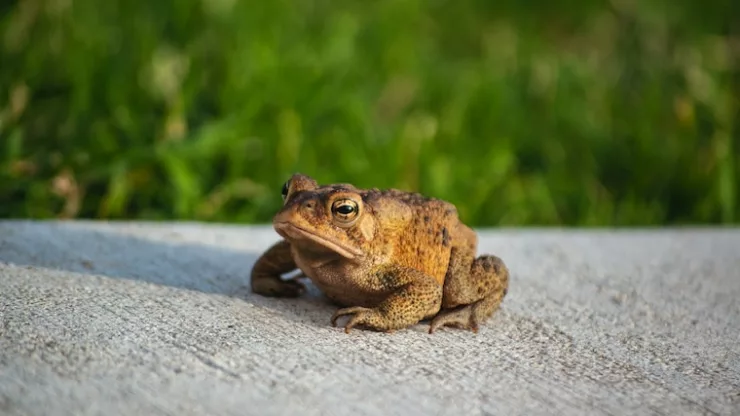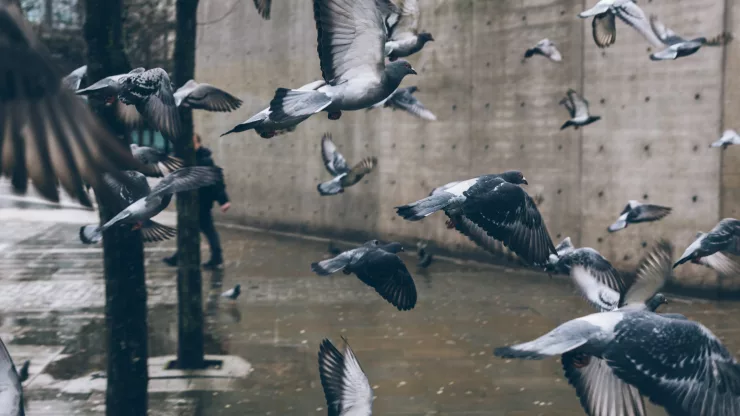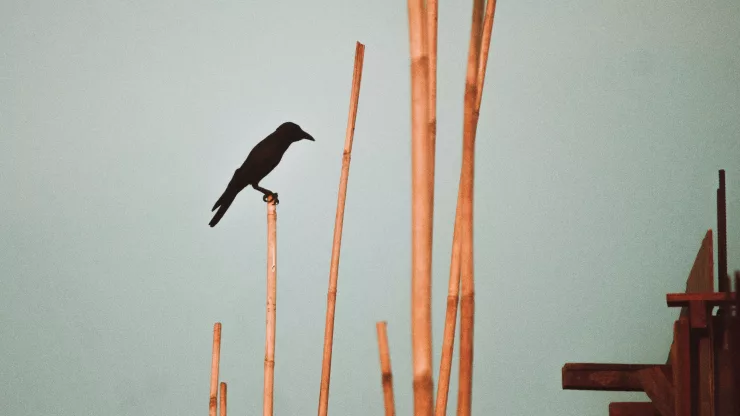As cities continue to expand, many people are left feeling disconnected from the natural world.
However, urban areas are also home to a diverse array of wildlife, from squirrels and raccoons to coyotes and even peregrine falcons.
In this article, we will dive into the fascinating world of urban wildlife, exploring their habitats, diversity, interactions with humans, conservation, and management.
Jump to Section
Introduction to Urban Wildlife
What is Urban Wildlife?
Urban wildlife refers to the animals that live in and around cities, towns, and other urban areas.
These animals have adapted to survive in urban environments, often coexisting with humans.
The Importance of Urban Wildlife
Urban wildlife plays a crucial role in maintaining the balance of ecosystems in urban areas.
They help control pests, pollinate plants, and even clean up waste.
Additionally, they provide a connection to the natural world for urban residents, improving mental health and overall well-being.
Challenges Faced by Urban Wildlife
Despite their importance, urban wildlife faces numerous challenges such as habitat loss, pollution, and human interference.
Understanding these challenges is crucial for effective conservation and management of urban wildlife.
Understanding Urban Wildlife Habitats
Types of Urban Habitats
Urban habitats can vary greatly, from parks and gardens to abandoned buildings and industrial areas. Different types of habitats support different types of wildlife.
Characteristics of Urban Habitats
Urban habitats have unique characteristics such as high levels of human activity, artificial lighting, and noise pollution.
These factors can have both positive and negative impacts on urban wildlife.
Factors Affecting Urban Habitats
Various factors such as climate change, urbanization, and land-use changes can impact urban habitats and the wildlife that rely on them.
Understanding these factors is crucial for effective habitat management.
The Diversity of Urban Wildlife
Common Urban Wildlife Species
Some of the most common urban wildlife species include squirrels, pigeons, raccoons, and opossums.
These animals have adapted to urban environments and can be found in almost every city.
Unique Urban Wildlife Species
Urban areas are also home to unique wildlife species such as peregrine falcons, coyotes, and even bobcats.
These animals have adapted to urban environments and can thrive in cities.
Threatened and Endangered Urban Wildlife Species
Some urban wildlife species are threatened or endangered, such as the Eastern Massasauga Rattlesnake and the Indiana Bat.
These species face numerous threats in urban environments and require special conservation efforts.
Interactions Between Urban Wildlife and Humans
Positive Interactions
Humans and urban wildlife can have positive interactions, such as providing a source of beauty and enjoyment for urban residents.
Additionally, some urban wildlife can help control pests and pollinate plants.
Negative Interactions
Negative interactions between humans and urban wildlife can occur, such as property damage and safety concerns.
Understanding how to safely interact with urban wildlife is crucial for preventing negative interactions.
How to Safely and Ethically Interact with Urban Wildlife
To safely and ethically interact with urban wildlife, it is important to avoid feeding them and to give them space.
Additionally, it is important to respect their habitats and avoid disturbing them.
Conservation and Management of Urban Wildlife
Urban Wildlife Conservation Strategies
Conservation strategies for urban wildlife include habitat restoration, education and outreach, and research. These strategies can help protect and conserve urban wildlife species.
Urban Wildlife Management Techniques
Management techniques for urban wildlife include population control, habitat modification, and non-lethal deterrents. These techniques can help prevent negative interactions between humans and urban wildlife.
The Role of Communities in Urban Wildlife Conservation
Communities play a crucial role in urban wildlife conservation, such as volunteering for habitat restoration projects and reporting wildlife sightings.
Additionally, community education and outreach can help raise awareness about the importance of urban wildlife.
Embracing the Beauty of Urban Wildlife
The Benefits of Urban Wildlife
Urban wildlife provides numerous benefits to urban areas, such as controlling pests and improving mental health. Additionally, they provide a connection to the natural world for urban residents.
How to Appreciate and Protect Urban Wildlife
To appreciate and protect urban wildlife, it is important to respect their habitats and avoid disturbing them.
Additionally, reporting sightings of threatened or endangered species can help protect them.
Final Thoughts on Exploring the Fascinating World of Urban Wildlife
Urban areas are not devoid of wildlife. Instead, they are home to a diverse array of species that have adapted to urban environments.
By understanding and appreciating urban wildlife, we can create more sustainable and enjoyable urban environments.
FAQ
What are some common urban wildlife species?
Some common urban wildlife species include squirrels, pigeons, raccoons, and opossums.
How can I safely interact with urban wildlife?
To safely interact with urban wildlife, it is important to avoid feeding them and to give them space.
Additionally, it is important to respect their habitats and avoid disturbing them.
What can I do to help conserve urban wildlife?
You can help conserve urban wildlife by volunteering for habitat restoration projects, reporting wildlife sightings, and participating in community education and outreach initiatives.
I’m a nature enthusiast and creator of Metro Wilds and have spent years exploring the great outdoors.
With a passion for environmental conservation and sustainability, I have dedicated my career to writing about the beauty and wonders of nature, as well as the threats facing our planet.
Contact me at [email protected] for assistance.





